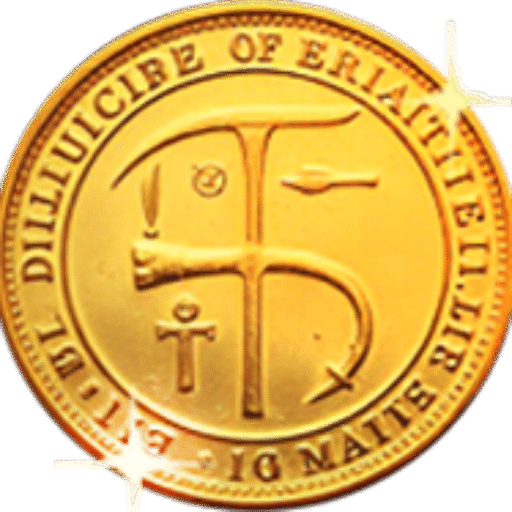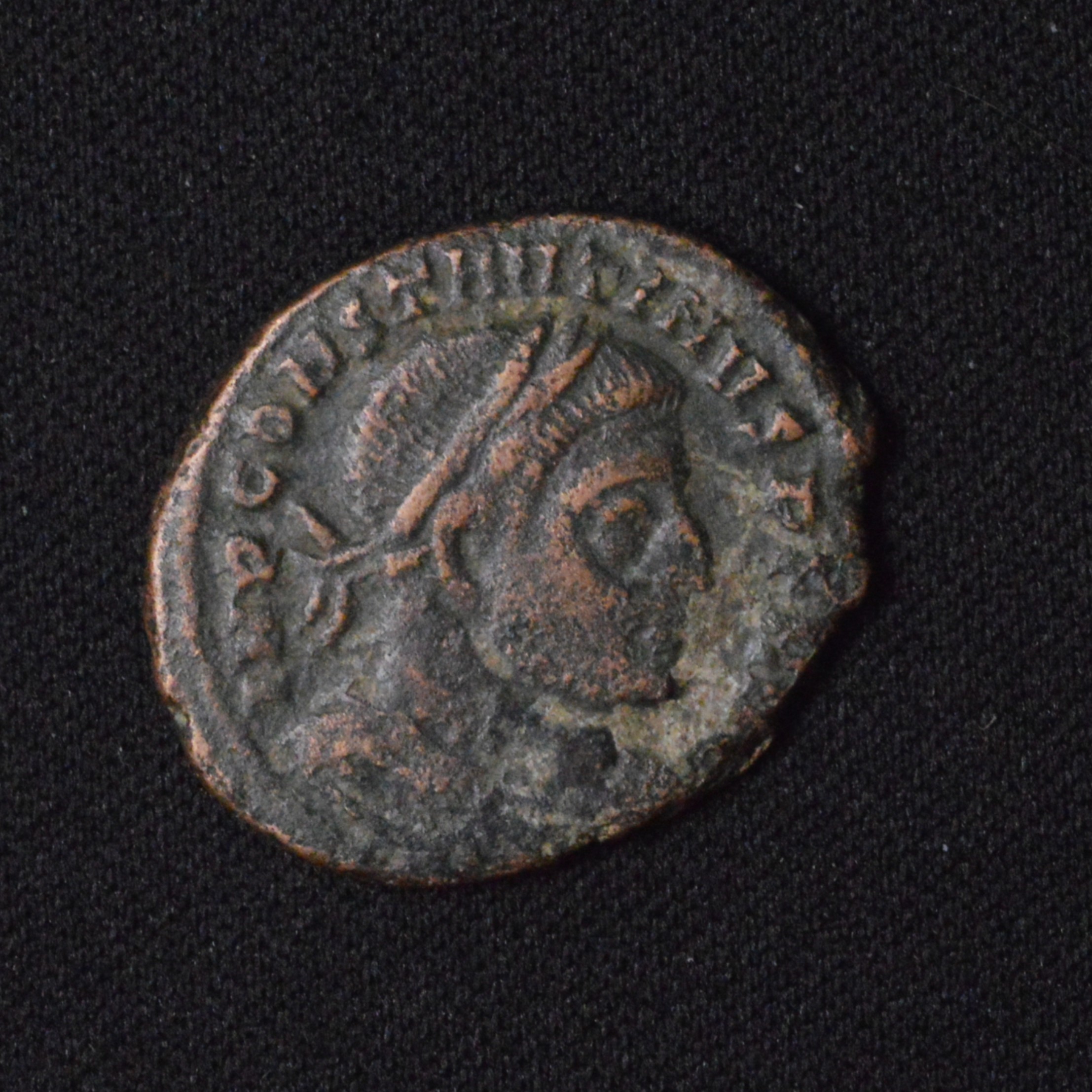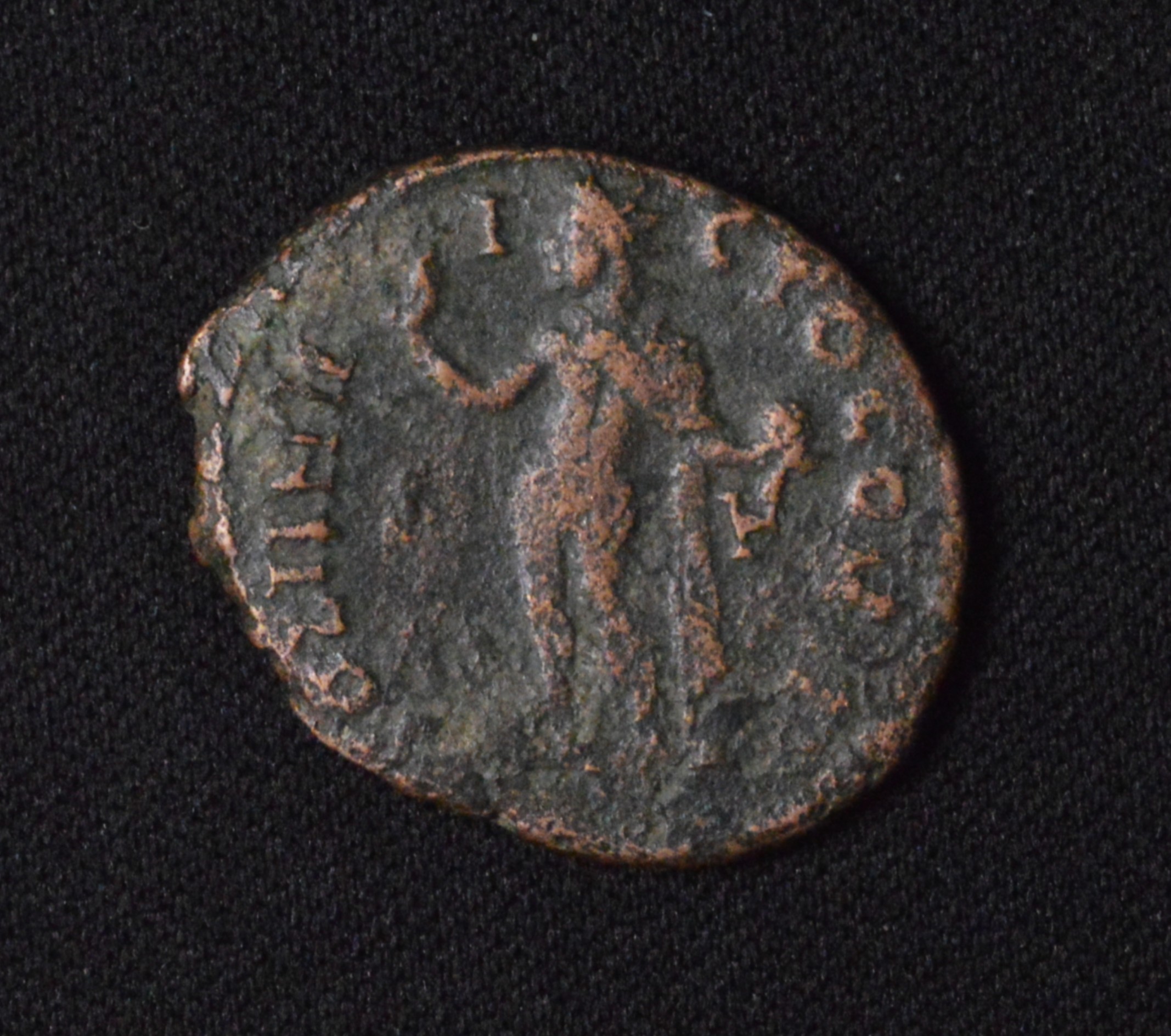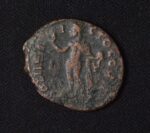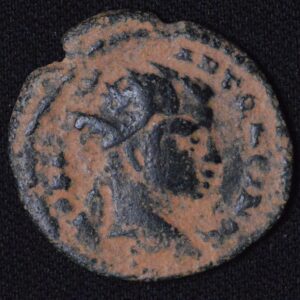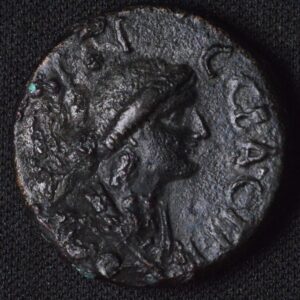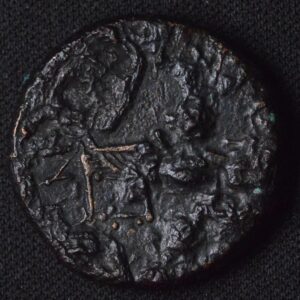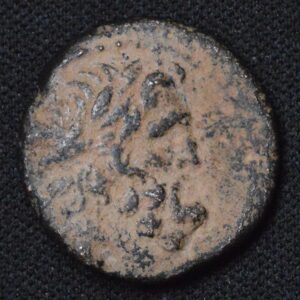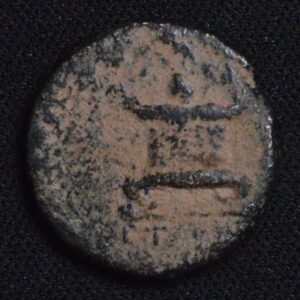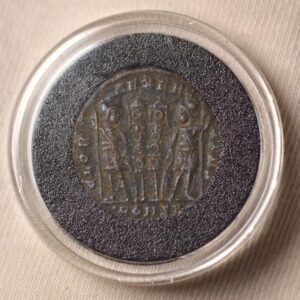FREE SHIPPING
Free Shipping for Orders over $150
Description
An Ancient Roman bronze coin is a fascinating piece of history with distinctive characteristics shaped by Roman society and economy. Roman bronze coins, such as the as, dupondius, and sestertius, circulated widely throughout the Republic and Empire. They often featured the bust of an emperor, deity, or symbolic figure on the obverse (front), and a reverse displaying symbols, gods, or inscriptions significant to the issuing period. Early bronze coins were cast, but later examples were struck, resulting in improved details and consistency. Many coins bore Latin legends with titles, mint marks, or control symbols, helping with identification and dating.
In terms of physical details, Roman bronze coins typically ranged from about 17 to 29mm in diameter and weighed between 10 and 19g, depending on denomination and era. Their metal composition varied but mostly included copper and alloys like tin or lead, giving the coins a distinctive color and heaviness. Surface patinas, ranging from deep green to brown, were common due to long-term burial and chemical reactions over centuries.
Collectors are especially interested in coins that are well-preserved, with clear legends and well-struck busts or reverses, though even more worn examples can reveal details about ancient minting, circulation, and Roman iconography. Each bronze coin tells a story—of emperors and cities, victories and beliefs—making any individual piece from a lot a unique window into the Roman past.
An Ancient Roman bronze coin is a fascinating piece of history with distinctive characteristics shaped by Roman society and economy. Roman bronze coins, such as the as, dupondius, and sestertius, circulated widely throughout the Republic and Empire. They often featured the bust of an emperor, deity, or symbolic figure on the obverse (front), and a reverse displaying symbols, gods, or inscriptions significant to the issuing period. Early bronze coins were cast, but later examples were struck, resulting in improved details and consistency. Many coins bore Latin legends with titles, mint marks, or control symbols, helping with identification and dating.
In terms of physical details, Roman bronze coins typically ranged from about 17 to 29mm in diameter and weighed between 10 and 19g, depending on denomination and era. Their metal composition varied but mostly included copper and alloys like tin or lead, giving the coins a distinctive color and heaviness. Surface patinas, ranging from deep green to brown, were common due to long-term burial and chemical reactions over centuries.
Collectors are especially interested in coins that are well-preserved, with clear legends and well-struck busts or reverses, though even more worn examples can reveal details about ancient minting, circulation, and Roman iconography. Each bronze coin tells a story—of emperors and cities, victories and beliefs—making any individual piece from a lot a unique window into the Roman past.
CUSTOMER FEEDBACK




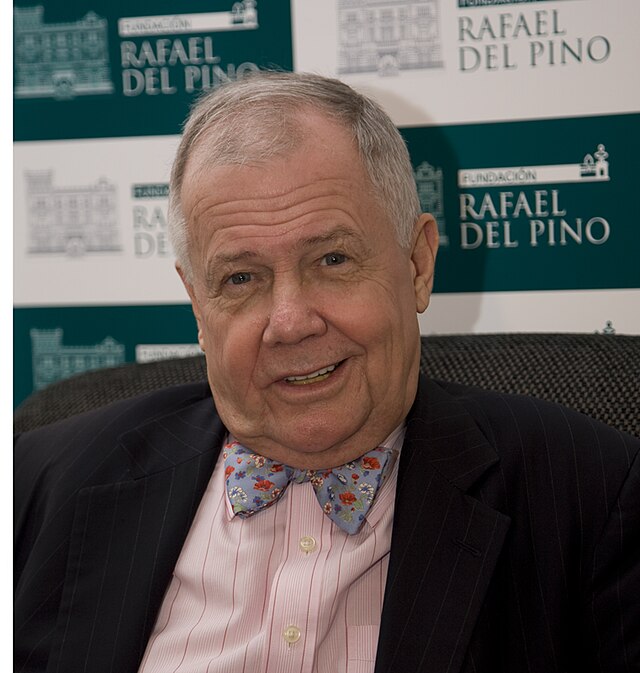



Other Products to See
Augusta AE22 CEBACTI Zeus Seated Reverse Ancient Coin Very Nice Condition
$289.00Antioch (Seleukis & Pieria) AE18 Zeus & Garlanded Altar Ancient Coin
$289.00



SHIPPING POLICY
Your order is shipped from the United States with USPS tracking within one business day.
14 Day Return Policy
You can return your item back within
14 days of the purchase

Secure payments
Your payments are 100% secure and are processed through Square or PayPal on a protected security network.
SHIPPING POLICY
FREE International and Domestic (United States) shipping. Your order is shipped with USPS tracking 24 hours after you order.
14 Day Return Policy
You can return your item back within
14 days of the purchase

Secure payments
Your payments are 100% secure and are processed through Square or PayPal on a protected security network.
RESOURCES
support
Get Fresh Articles!
Sign up now to receive our articles for the latest insights and promotions!
RESOURCES
support
Get Fresh Articles!
Signup our newsletter to get update insight or promotions.

